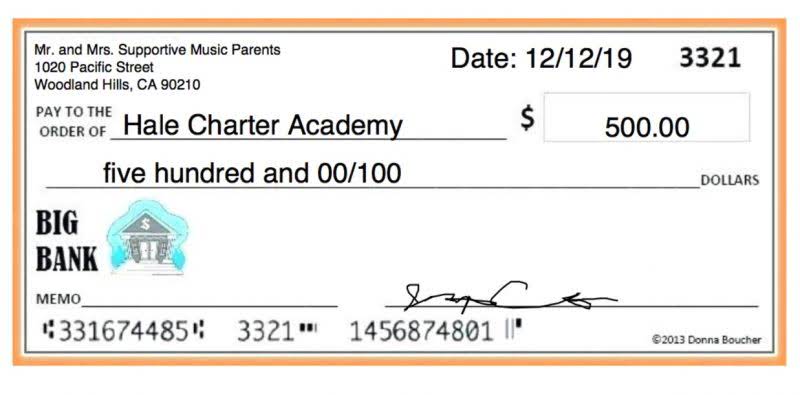
Including an allowance for doubtful accounts in your accounting can help you plan ahead and avoid cash flow problems when payments don’t come in as QuickBooks expected. Although each account has a normal balance in practice it is possible for any account to have either a debit or a credit balance depending on the bookkeeping entries made. If the ]credit sales are $10 million, then by recording this entry, we’re offsetting bad debt from the credit sales already.
- This provision not only helps in presenting a more accurate picture of a company’s financial status but also ensures compliance with accounting standards.
- A company that underestimates its allowance for doubtful accounts will have a falsely high accounts receivable number on their balance sheet.
- We need to determine the increase (or decrease) of allowance for doubtful accounts first as this amount will represent the expense that should be recorded in the income statement during the period.
- Hence, we can make an estimation that $300 ($10,000 x 3%) of the total credit sales will become bad debt.
- If you use double-entry accounting, you also record the amount of money customers owe you.
Accounting for Holding Companies: Types, Reporting, and Strategies
- It is a preventive measure and helps you represent your financial records accurately.
- Allowance for doubtful accounts is essential for finance teams because, in the course of business, companies face multiple risks.
- As a rule of thumb, the longer your collection cycle is, the greater your allowance for doubtful accounts must be to account for increased risks.
- To do so, the company debits the allowance for doubtful accounts and credits the AR.
The allowance for doubtful accounts is not always a debit or credit account, as it can be both depending on the transactions. When a doubtful account becomes uncollectible, it is a debit balance in the allowance for doubtful accounts. Yes, GAAP (Generally Accepted Accounting Principles) does require companies to maintain an allowance for doubtful accounts. According to GAAP, your allowance for doubtful accounts must accurately reflect the company’s collection history. Adjusting the allowance for doubtful accounts is important in maintaining accurate financial statements and assessing financial risk. HighRadius Collections Management Software, a component of the Order To Cash Product Suite, is powered by AI and offers a variety of features designed by experts to optimize your collections processes.
The Accounts Receivable Performance Toolkit

It reduces accounts receivable on the balance sheet to reflect the amount expected to be uncollectible. This adjustment helps maintain accurate financial records by accounting for potential bad debts and helps businesses prepare for future bad debts. Allowance for uncollectible accounts is a contra asset account on the balance sheet representing accounts receivable the company does not expect to collect. When customers buy products on credit and then don’t pay their bills, the selling company must write-off the unpaid bill as uncollectible.
- Bad debt should be written off when it is determined that a specific account receivable is uncollectible.
- The percentage of sales method assigns a flat rate to each accounting period’s total sales.
- Days Sales Outstanding (DSO) is used with windows, like 0-30 days, days, and days, are considered.
- This method is usually referred to as the balance sheet approach as we use the balance sheet item (e.g. accounts receivable) as the base of our calculation.
- If your customer base grows, consider adopting one of the previous methods since they’ll be easier to implement.
Is the allowance for doubtful accounts a debit or credit?

The income statement for the accounting period will report Bad Debts Expense of $10,000. The allowance for doubtful accounts allowance for doubtful accounts normal balance is a contra asset account, and so is listed as a deduction immediately below the accounts receivable line item in the balance sheet. It may be aggregated into the accounts receivable line item, whereby it is not stated separately. An accounts receivable journal entry is a critical component of the accounting process for businesses that… Companies in industries with higher credit risk or longer collection cycles generally have higher allowances for doubtful accounts.
- For example, if 3% of invoices that are 90 days past due are considered uncollectible, you can assume that 97% of the invoices in this age group will be paid.
- Each of the accounts in a trial balance extracted from the bookkeeping ledgers will either show a debit or a credit balance.
- The allowance is an estimated reserve for potential bad debts created as a preventive measure, while bad debt expense is the actual amount recognized as a loss when a specific account is deemed uncollectible.
- It’s important to note that an allowance for doubtful accounts is simply an informed guess and your customers’ payment behaviours may not exactly align.
- The allowance for doubtful accounts is a reduction of the total amount of accounts receivable appearing on a company’s balance sheet.
You should review the balance in the allowance for doubtful accounts as part of the month-end closing process, to ensure that the balance is reasonable in comparison to the latest bad debt forecast. For companies having minimal bad debt activity, a quarterly update may be sufficient. Automation can streamline credit management processes, enabling faster identification of overdue accounts. AI can analyze customer payment patterns and predict which accounts are likely to become doubtful, allowing for proactive intervention. In HVAC Bookkeeping effect, the allowance for doubtful accounts leads to the A/R balance recorded on the balance sheet to reflect a value closer to reality. The specific identification method allows a company to pick specific customers that it expects not to pay.

Allowance for doubtful accounts journal entry

Allowance for doubtful accounts helps you anticipate what proportion of your receivables will be uncollectible. AR aging reports are complicated to compile and need input from a range of data sources. Accounts receivable automation software simplifies this task by automatically pulling collections data and classifying receivables by age. You will enter the bad debt expense of $750,000 as a debit and offset it by crediting AFDA with the same amount.